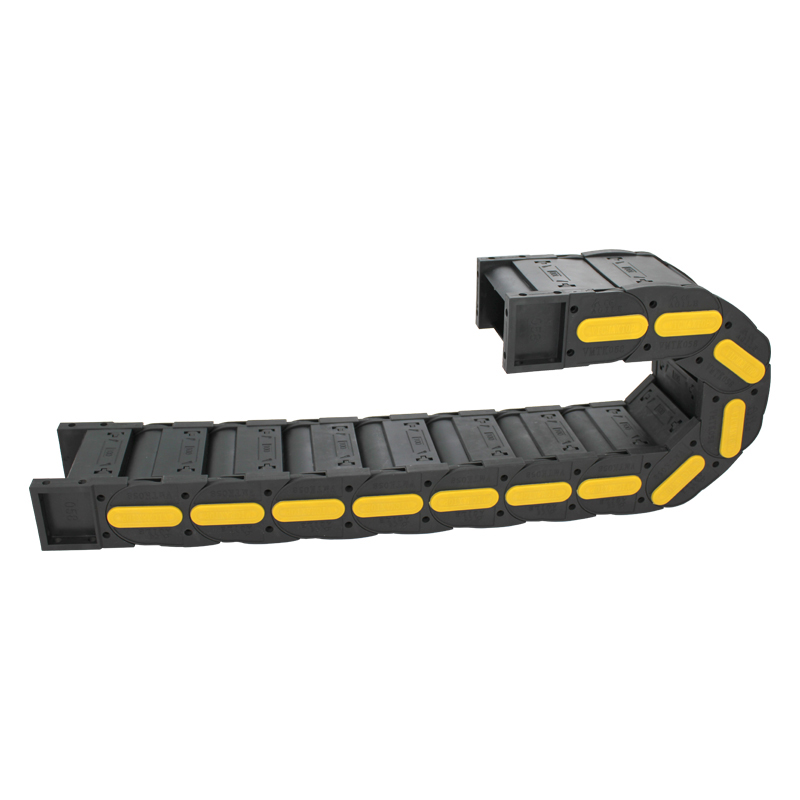flexible drag chain
Understanding Flexible Drag Chains A Comprehensive Guide
In the realm of industrial machinery and automation, the importance of efficient cable management cannot be overstated. One of the most effective solutions for this purpose is the flexible drag chain, a device designed to guide and protect moving cables and hoses. Often referred to as energy chains or cable carriers, these components play a vital role in ensuring operational efficiency and safety within various applications.
What is a Flexible Drag Chain?
A flexible drag chain is a system that consists of interconnected links, forming a channel through which cables, hoses, and other components can be routed. The design allows for uninterrupted movement and flexibility, accommodating the dynamic motion of machinery in applications such as CNC machinery, robotics, assembly lines, and more.
These chains are constructed from materials such as plastic or metal, depending on the specific requirements of the application. Plastic chains are lightweight and resistant to chemicals, making them suitable for a variety of environments. On the other hand, metal chains are robust and provide added protection in harsher conditions.
Benefits of Using Flexible Drag Chains
1. Protection of Cables and Hoses One of the significant advantages of flexible drag chains is their ability to protect cables and hoses from wear and tear. These chains shield the components from mechanical damage, dirt, and environmental factors, thereby extending their lifespan.
2. Efficient Space Management In industrial settings, space is often at a premium. Flexible drag chains help to organize and contain cables effectively, reducing clutter and making maintenance easier. This organized approach to cable management promotes a safer working environment by minimizing tripping hazards.
flexible drag chain

3. Enhanced Mobility As machinery operates, the movement of cables can often lead to tangling and kinking. Flexible drag chains ensure that cables and hoses move alongside the equipment, reducing the risk of binding or damage. Their flexibility allows them to accommodate various ranges of motion without compromising the integrity of the contained materials.
4. Cost-Effective Solution By preventing damage to cables and hoses, flexible drag chains can significantly lower maintenance and replacement costs. Investing in a quality drag chain system can yield long-term savings by minimizing downtime and enhancing equipment reliability.
Applications of Flexible Drag Chains
Flexible drag chains find utility across a diverse range of industries. In the automation sector, they are essential for conveying power to moving parts in machines. Robotics heavily relies on drag chains for managing the electrical and pneumatic lines involved in precise movements. In automotive assembly lines, these chains help streamline the production process by keeping cables organized and out of the way.
Beyond industrial applications, flexible drag chains are also utilized in the entertainment industry, where they manage stage lighting and sound equipment cables. Furthermore, they can be seen in various consumer products that require flexible cable solutions, underscoring their versatile nature.
Conclusion
In conclusion, flexible drag chains are an essential component in modern machinery and automation. Their ability to protect, organize, and maintain cables and hoses contributes significantly to operational efficiency and safety across various industries. As technology continues to advance, the design and application of these drag chains will evolve, but their core function of optimizing cable management will remain integral to industrial performance. For businesses looking to enhance their machinery's reliability and efficiency, investing in high-quality flexible drag chains is undoubtedly a step in the right direction.








